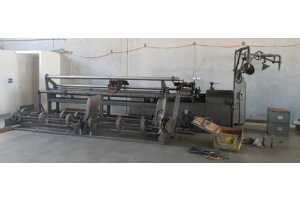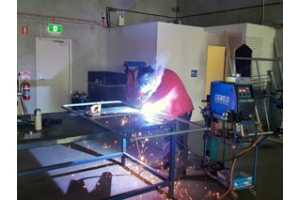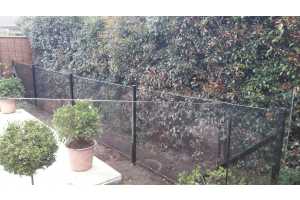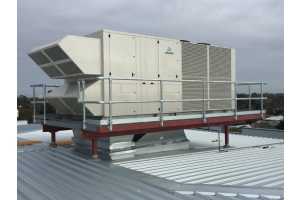How To Choose Chain Wire Fencing Products
Chain Wire or Chain link fencing is one of the most versatile types of fencing meshes, used for a wide variety of applications in domestic, rural, commercial and industrial fencing. There are a lot of different options when choosing chain wire mesh, and this guide aims to clarify the most common questions people have to the various specifics available when choosing the right products to make their chain wire fence. The applicable Australian Standard for chain wire mesh products is AS2343.
Roll Height
Chain wire mesh comes in wide different heights from 600mm high all the way up to 3600mm high rolls. Some of the taller rolls might not be in stock at your local fencing supply store, but can be able to be ordered in.
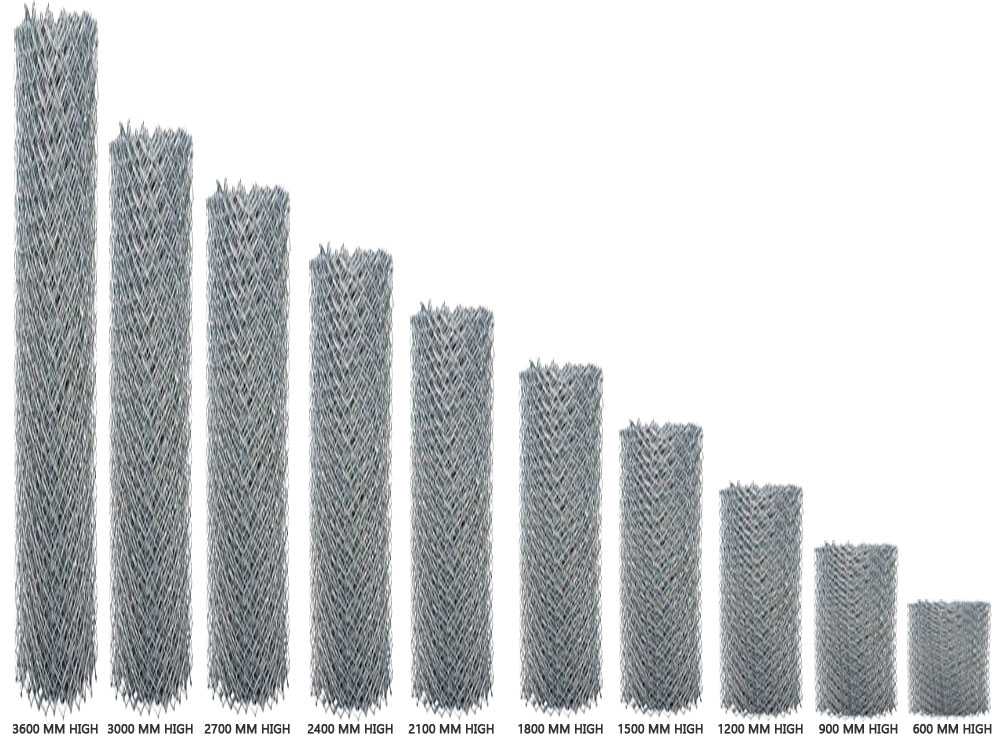
The height to choose obviously depends on the application. 1800mm, 1500mm and 1200mm are the most common for domestic fencing, while security fencing normally requires 1800mm to 2700mm. Tennis court fencing is normally 3600mm or 3000mm high.
Selvedge

What should the chain wire mesh look like on the top and bottom? There are three different varieties as you can see in the images below, but not many applications call for having the barb selvedge on both ends. Most suppliers mainly stock knuckle / barb and knuckle / knuckle selvedge - the barb / barb selvedge is usually made to order. The knuckle / barb selvedge is mainly used in commercial and security fencing to make it unpleasant and more difficult to climb over the fence. For domestic fences where children and animals play, it is recommended to use a knuckle / knuckle selvedge.
Wire Material

Chain wire mesh is available in galvanised, PVC covered mesh and stainless steel. Galvanised mesh is the more affordable option, with PVC covered mesh often costing 30% – 50% more than the galvanised option. Stainless steel is more rare, and the most expensive option.
PVC coated chain wire mesh is designed for superior longevity as the coating provides extra protection against rust and corrosion. If your fence will be exposed to sea air, it is highly recommended to invest in PVC coated mesh, as the salt in the air will speed up the process of breaking down the zinc coating in galvanised wire.
PVC coated mesh has also been a popular choice of people concerned with design and aesthetics, and the black mesh usually looks better and is easier to see through than galvanised. The PVC will also prolong the life of the chain wire as it acts as a protective barrier over the galvanised wire.
Wire diameter and galvanising
Most chain wire mesh uses a 2.5mm diam standard weight hot dip galvanised wire. The 50mm diamond mesh is also available in a 3.15mm heavy galvanised wire for commercial applications and where climate conditions require a heavier duty, longer life wire. E.g. near coastal locations.
Posts & rails
You can staple chain wire onto timber posts, but the standard for chain wire fencing is to use galvanised steel pipe posts where 1.57mm galvanised or PVC tie wire is used to lace the chain wire to the steel posts. These posts come in various diameters and thicknesses from 20NB (27mm OD) to 100NB (114mm OD). NB stands for nominal bore size, indicating internal diameter. The posts can come in up to 6500mm lengths, they are commonly available in ready to use lengths – most posts are placed 600mm deep into the ground – deeper for corner and gate posts.
Corner, end and gate posts need to be larger diameter and thicker wall than the intermediate posts, with 50NB the most commonly used and 80NB used for larger security type gate openings.
Intermediate posts should be spaced equally at no more than 3300mm spacing. 32NB – 40NB (48mm OD) piping is usually used for intermediate posts.
Steel tubes of 25NB to 32NB (43mm OD) can also be used for horizontal rails and braces.
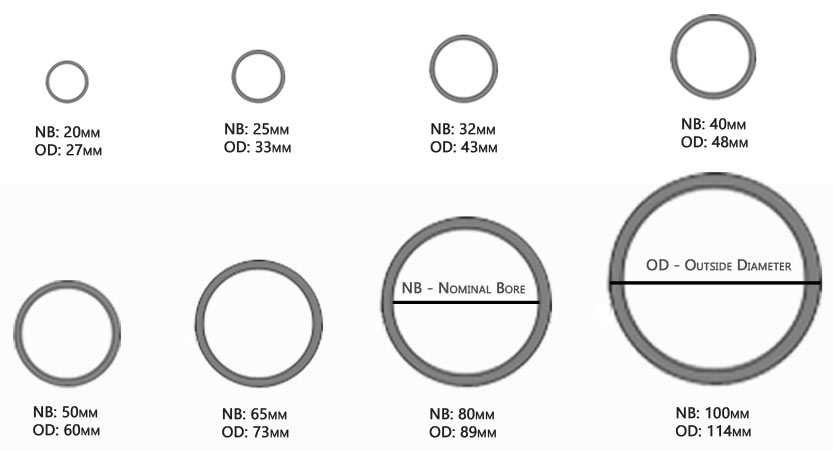
The posts also come in different colours, such as black, galvanised and green, and should be matched up to the colour of the chain wire mesh. Coloured powder coated products are more expensive (30-40%) and are often made to order.
The horizontal top rails will help in bracing the fence posts, while a bottom rail will prevent people and dogs lifting the mesh up to pass under the fence.
Where top and bottom rails are not used and for all commercial applications, 3.15mm galvanised fencing wire is used top, bottom and middle (for fences over 1500mm high) along the length of the fence to provide a framework to attach the mesh. If the fencing wire is not used, the mesh can be a little “loose” and maybe floppy. Commercial fences often use a “helical” horizontal wire – a specialised form of fencing wire which can flex and absorb impacts.
Gates
Most fences need a gate or an opening. Most fencing supply companies will be able to provide a gate meshed with chain wire. Chain wire gates come in a variety of widths to suit openings from 1 to 6 metres. The heights normally vary between 1000mm to 1800mm high, although you can get custom designed gates made to order. Depending upon the application, 25mm, 500 and 60mm diamond chain wire mesh is used in both plain galvanised and PVC coated wire finishes. The gate frames can be powder coated various colours. Hinge and latch sets for both timber and steel posts are available. Security gates use barb wire along the top.
Diamond Size
Another attribute to consider when choosing your chain wire mesh is the diamond size. The most common sizes are 60mm and 50mm, although you can get diamond sizes from as small as 25mm up to 100mm. 60mm diamond is most frequently used in domestic applications – maximum roll width for 60mm diamond is 1800mm.
Barb Wire
Security fences are often fitted with several strands of barb wire above the chain wire mesh to discourage anyone to climb over the fence. The barb wire can either be attached by using taller posts than the chain wire mesh, or attach an extending clamp from the posts.
Post fittings
There are a range of different fittings to help you fit all the pieces of the chain wire puzzle together. The different pipe fittings serve different purposes, and should help you construct just the right fence for you. In the table below, you will see a few of the most common chain wire post fittings and how they are used.
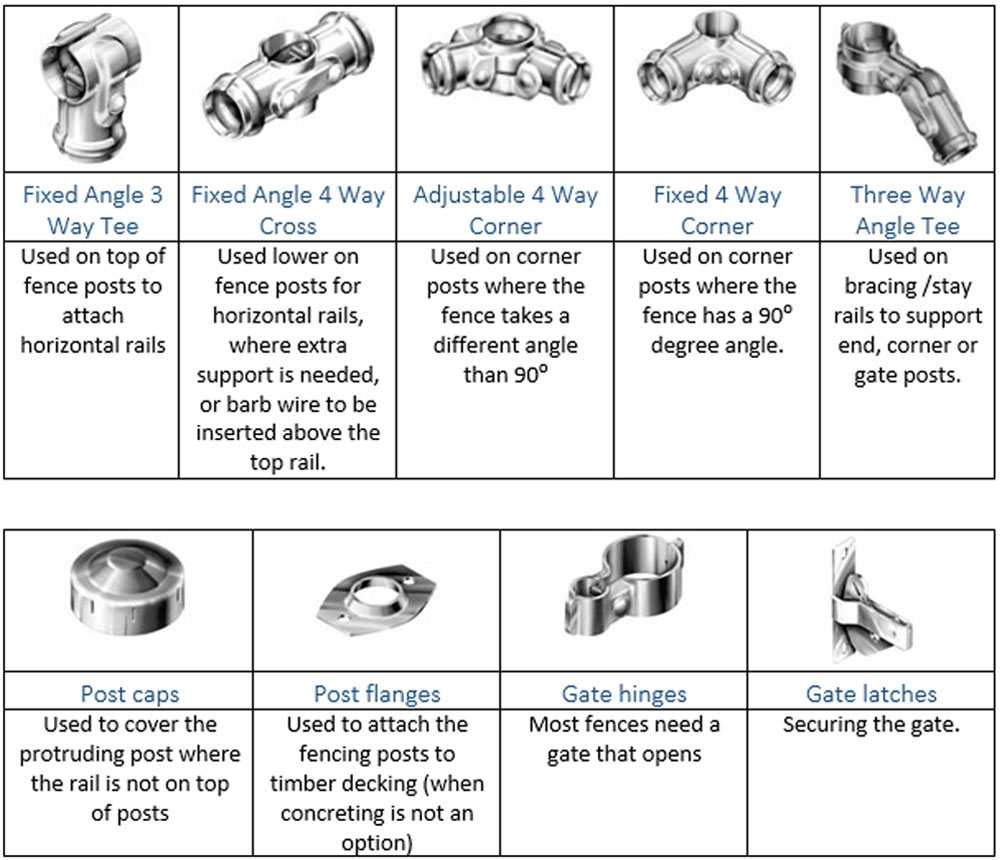
Attaching the mesh
The chain wire mesh is usually attached to the posts and rails by tie wire. There are numerous techniques in doing this, from tying off every 4th diamond to weaving the tie wire through each diamond and around the steel pipe. Match the colour of the tie wire to the colour of the mesh and posts to make the tie wire blend in.


